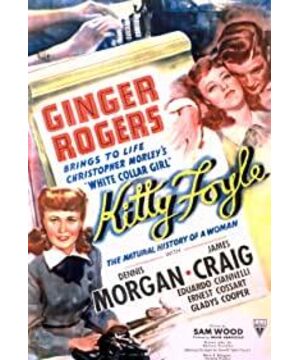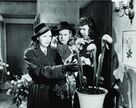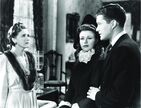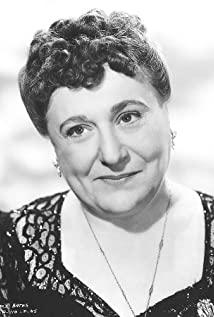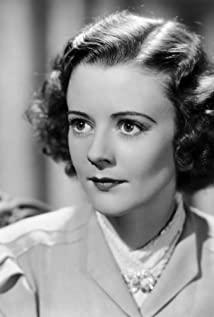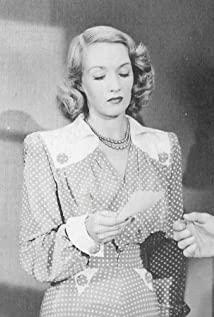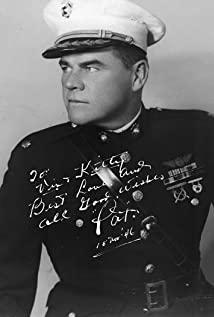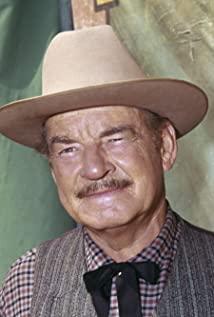"Long Live Women" is about women's choices, and the choice faced by Rogers' protagonist Katie in the film is: do you choose someone you love or someone who loves you. Of course, Katie finally made the right decision - to put aside the past and marry the man who loved her dearly. "Long Live Women" is not a good work, and the plot is somewhat similar to a soap opera on TV. What impressed me the most was the silent film performance at the beginning of the film, which vividly showed the liberation of women and the upsurge of the feminist movement. When women did not have rights, men would offer their seats to them on the bus. But when women have equal rights with men, no one will give up their seats on the bus anymore. This is an interesting comparison. It is undeniable that Rogers' performance in the film, which changed the way of the drama, is really refreshing, and maybe this is what she can get from Joan Fontaine (Butterfly Dream), Katherine Hepburn (Philadelphia Story), Bette Davis (Shannon) The reason for winning the Oscar in the hands of Jian Lei).
Ginger was born on July 16, 1911 in Inder Pendens, Montana. Her real name was Virginia Catalina McMath. She was nurtured by her mother's performing arts since she was a child, and participated in dance and vocal studies; she participated in commercials at the age of 5; she went to Hollywood at the age of 6, and then went to New York with her mother, who was a screenwriter for Fox Film Company, and received a child star. performance contract. But her mother thought that Ginger's conditions were not yet ripe for filming, so she didn't make her screen debut until the age of 14, taking part in a film with a dance troupe. The following year, Gingergy won a Charleston competition award and began performing in various ensembles. At the same time, participated in the shooting of several short films, including 3 long films "School Sweetheart" with Rudy Varley.
In 1929, a turning point in Ginger's acting career, she was cast as the second leading actress in the Broadway musical Top Speed. Rogers first became famous because of her marriage. At the age of 19, she was engaged to the famous editor of "New Yorker" magazine Harold Ross. The 18-year age gap between the two became a hot topic in the entertainment circle at the time. In 1931, Ginger signed a contract with EMI to come to Hollywood, and immediately became a new star in musicals with his beautiful face and singing and dancing strength. She danced with Fred Astaire and starred in some extremely romantic musicals. The two danced elegantly and beautifully, and were praised by moviegoers in the 1930s. Astaire and Rogers' dancing partner became the movie. One of the most charismatic screen images of all time. Rogers' success was palpable. In 1938, her annual salary reached $210,000, and four years later, she deservedly took the top salary in Hollywood.
In the 1940s, Rogers showed his talent by playing various roles in addition to his versatile dance performances. Rogers' fame came a little later than profit-making. In 1940, he won the 13th Academy Award for Best Actress for his outstanding performance in "Long Live a Woman"; ) and in popular comedies such as Young Birds Playing Phoenix (1942), she also showed modest displays of strength. Throughout the 1950s, she has been active in comedy films and drama films, her roles have become more mature, and her focus has gradually shifted to stage plays. In 1965, he starred in the Broadway musical "Pretty Matchmaker", and his prestige revived the theater industry. She also achieved great success in "Mummy" in London in 1969.
On August 25, 1995, Rogers died and was buried in Oakwood Cemetery, where Astaire's tomb is located, and they worked together on dozens of films during their lifetime.
View more about Kitty Foyle reviews


